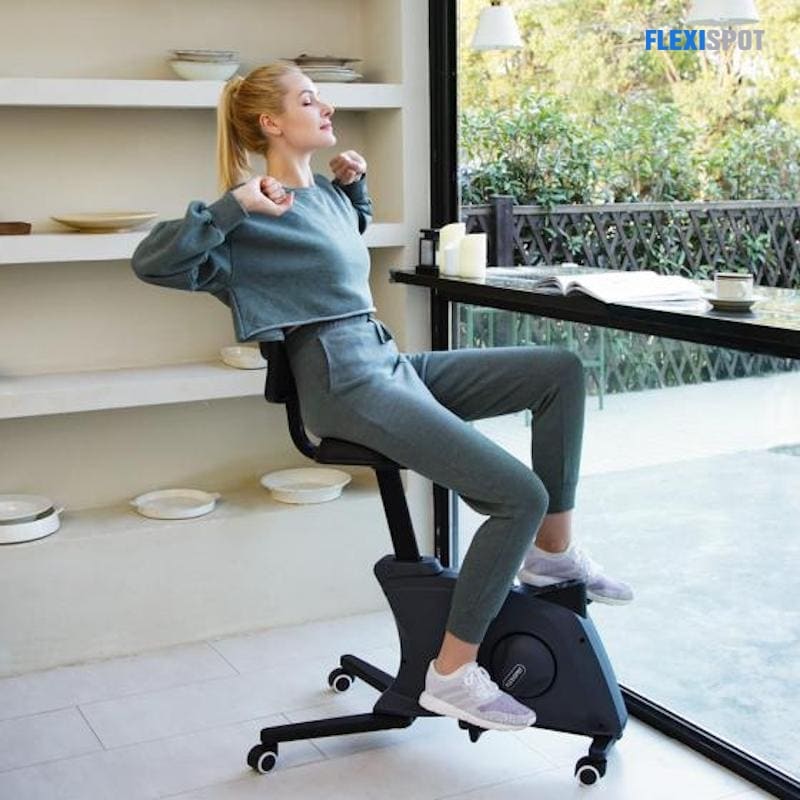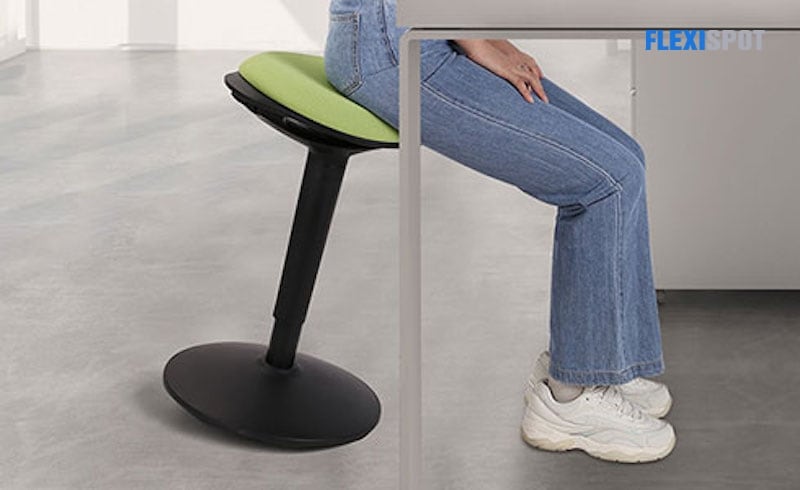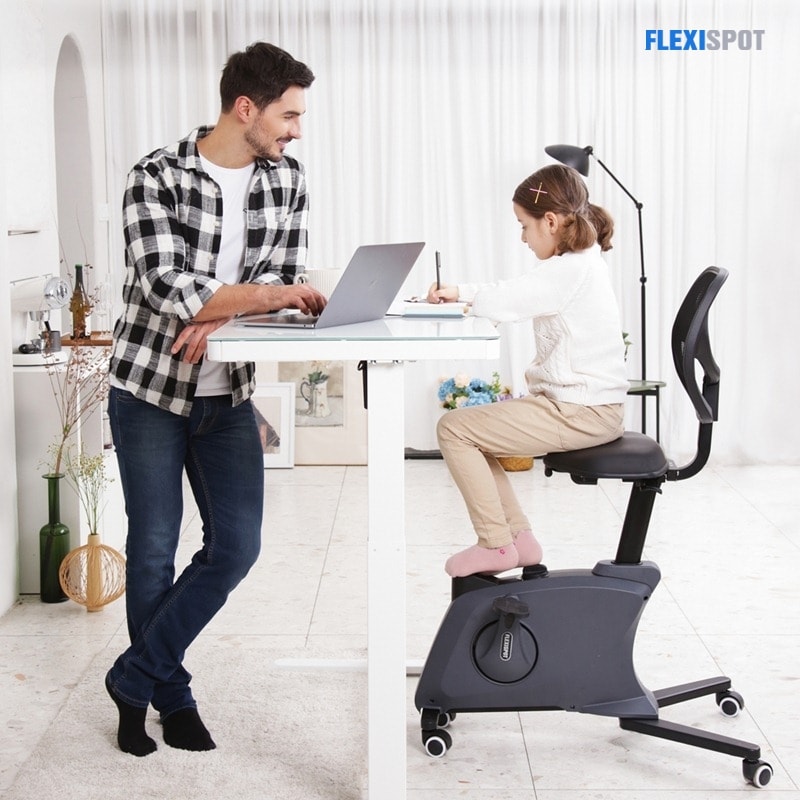Students have spent significant amounts of time in class sitting in furniture that restricts movement for decades. Conventional classroom seating is stiff, stationary, and repressive when it comes to allowing movement, and sitting still for extended periods can be stressful for students. For these learners, who may have learning disabilities such as attention-deficit/hyperactivity disorder (ADHD), attention deficit disorder (ADD), or even sensory perception disorders, moving around comfortably is essential for concentrating on classroom work.
To establish important foundational capabilities for learning, a young developing brain involves numerous types of motion. The sensory system that reacts to movement aids in the coordination of the eyes, hands, and body for gross and fine motor actions. When working, several people fidget or move unconsciously. When sitting, some people shake their legs, tap their feet, or switch positions. All of these are involuntary tactics that we utilize to help us listen. Some kids may require more movement than others to organize themselves for schoolwork. A rocking chair's rhythmic sway can have a soothing and structuring influence, assisting a child to "settle in" and be prepared to work.
Several schools continue to control students' body movements rather than incorporate them into the learning experience. For students who have to fidget to focus, this constraint can limit their ultimate learning potential. Thankfully, many schools across the country are radically altering their classroom design to include active sitting, which promotes movement and helps fidgety students to focus in class rather than the complexity of sitting still.
What is Active Sitting?
Active sitting, also known as dynamic or flexible sitting, motivates the body to move rather than sit stringently. Because our bodies are designed to move constantly, seating equipment that helps us involve our core muscles fosters spinal alignment and muscle stimulation. Active sitting options generally have you seated at an elevated level than a desk chair, which increases the angle of your hips, needing more effort from your core muscles to steady your spine and hold it in a more neutral position.
Active sitting has been shown in research to enhance a student's ability to engage and interact more efficiently in class. Active sitting eventually leads to active learning. Every child learns differently based on their specific needs and age. While some individuals do well in fixed chairs, others do a lot better in seating that moves. Consider students who rock back in their seats, sit on their feet, are perpetually out of their seats, twitch, or are impulsive. These students may be looking for movement to better concentrate on their class.
Treadmills, stools, under-desk bikes, balance ball chairs, and standing desks promote healthy movement, but some tasks still require sitting. As opposed to staying motionless for an extended period, active sitting allows individuals to make small changes to their sitting habits to keep muscles busy.
Advantages of Active Sitting
Let's take a look at the advantages of using office chairs that encourage active sitting. It is important to remember that some perks can only be obtained by chair users who actively engage in the movement that each chair allows:
Better Physical Health
Children must be active. They can rock, bounce, wobble, lean, or stand actively, enhancing oxygen supply to the brain, blood circulation, and core work. As a result, there's more calorie burning and increased metabolism. It also aids in keeping young minds attentive and focused. It's no wonder that physical activity has been linked to better school performance, health, and behaviour. An academic study discovered that basic in-class activities could improve performance. According to research, children who engage in short spurts of physical activity in the classroom exhibit more on-task behaviour and attitude.
Freedom of Choice
Students feel more empowered when they have some say and power over their surroundings. Students get to choose where they work and with whom they work with thanks to dynamic sitting. It also enables them to alter their positions and locations as necessary. Giving students options for their physical classroom area helps them develop higher-order thinking skills.
Relief
A dissatisfied student is an overwhelmed and unproductive student. Consider a student who skipped or did not have breakfast. As lunchtime approaches, the sound of their grunting stomach will make it impossible for them to hear the teacher's voice. The same effect can be achieved by sitting in an uncomfortable chair. Active sitting motivates learners to discover their most comfy position for keeping calm, focused, and efficient. There is no better way to demonstrate your aid for a student than to construct a classroom from a child's perspective. Students who are at ease are more likely to be engaged.
Sense of Community
Students who work at conventional desks may become territorial or domineering of their space. Students who have flexible seating arrangements are more likely to share. It also encourages them to take turns in different spots and with various seating options.
Sensory Output
Flexible sitting can stimulate students' sense of touch. This sort of stimulus can assist children in concentrating and processing information. Sensory perceptions are especially beneficial for students who have ADD, ADHD, or ASD.
Communication
Teachers must implement new classroom management strategies. This includes developing a system for making seating selection fair and non-disruptive. It also entails the introduction of critical thinking, such as problem-solving, and emotional maturity, such as conflict resolution. Cultivating turn-taking and patience is also essential, especially for a generation of children accustomed to immediate satisfaction.
Fun Learning
The advantages far exceed any disadvantages. Some parents mentioned that their child does indeed have a different attitude toward school after learning with active sitting and that their children enjoy attending class and learning. If you want to implement these changes in your classroom environment, you must approach it positively and acknowledge that it will take time. Be strategic in your choices, and don't forget about practicalities, such as colour-coordinating the room.
Active sitting and physical activity all throughout the day benefit both children and adults. You may visit FlexiSpot and see their stools and under-desk bikes, both of which you and your children can take turns in using even around your home.


